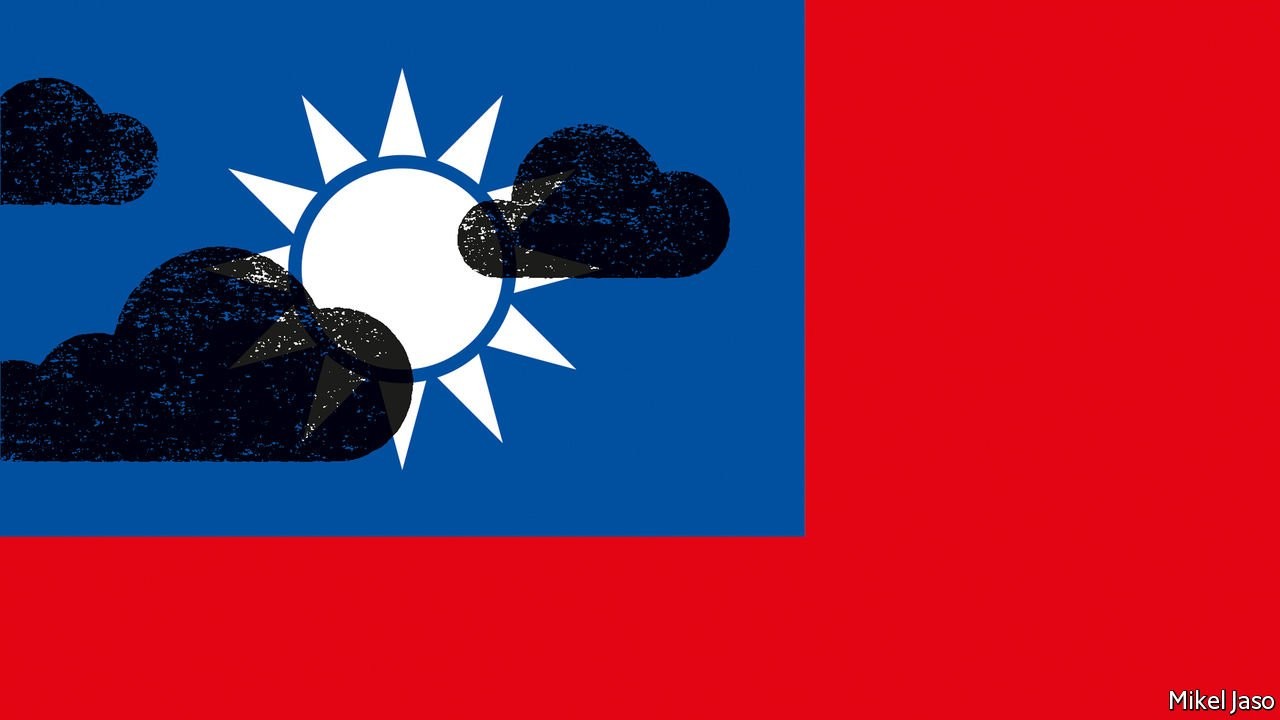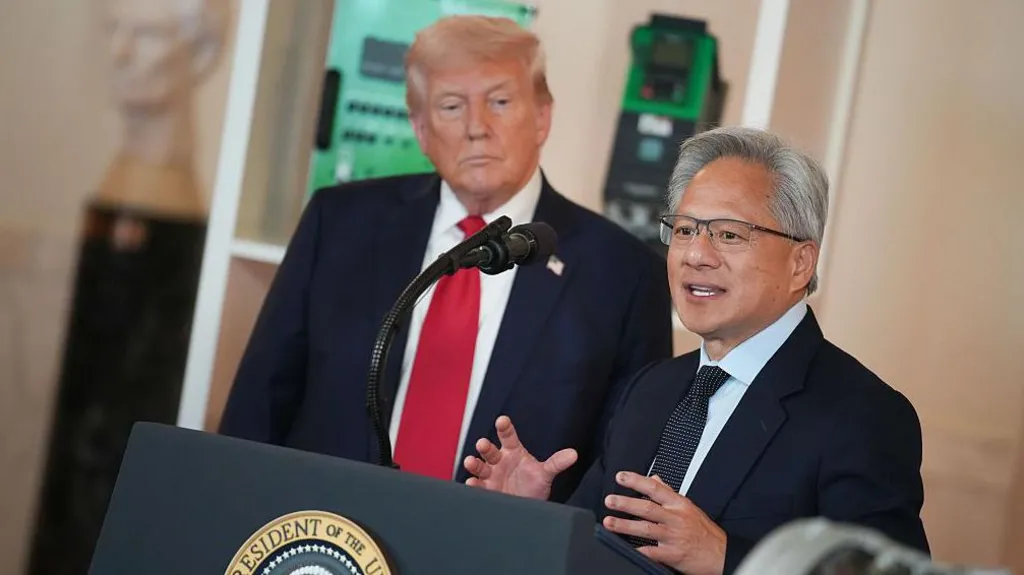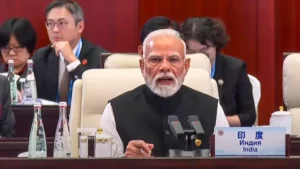UKRAINE LESSONS TO PREPARE FOR POSSIBLE CHINA-TAIWAN CONFLICT
The American military has launched a strategic assessment of the Ukraine-Russia conflict to prepare a strategy on how to defend Taiwan in case of a possible attack by China. Air superiority is the deciding factor, its reports suggest.
In Ukraine, the United States did not agree to the Ukrainian request for enforcing a no-fly zone over its air space. It would have meant that US and Nato planes would have been surveying the zone from the air constantly. They would have had orders to chase away or shoot down Russian planes trying to enter the zone. That would have brought the United States and Russia into direct combat, which the Americans decided to avoid.
However, as military analysis website DefenseOne writes: “Taiwan is not Ukraine. It is, rather, in a far more vulnerable position. No matter what other idea guides the defense of the island republic, air superiority will be critical. Washington and Taipei must prepare now to ensure this air superiority….planning for Taiwan’s air defense must be grounded in hard truth. “
American military experts point out that Taiwanese airspace is “much more difficult to defend” than that of Ukraine. Why? “While Russia must deploy combat power across a 1,400-mile border, China could concentrate tactical air forces in a much smaller area in assaulting Taiwan.”
Here is the tactical assessment of Taiwan: “The country is too small, and the Taiwanese population lives on the island’s western side. There is no “humanitarian corridor” one could create over eastern Taiwan. A Taiwanese no-fly zone is, in effect, an air exclusion zone over Taiwan – that is, a combat action, whether or not the US declares it as such.”
Unlike Ukraine, Taiwan is a small and an island at that. It is separated from US bases by thousands of miles of open Pacific waters. The closest supply routes are through “the Philippine Sea, south along the Ryukyus, or north from Luzon” and all these regions are beyond Taiwanese territory and its Exclusive Economic Zone. This means that approving a no-fly zone over Taiwan means a large territory beyond the island of Taiwan will needs to be defended.
Seth Cropsey, a naval officer and former US Deputy Undersecretary of the Navy, has come up with a four-point strategy that is being discussed within the military circles.
He says that first, the US “must ensure its naval and aerial superiority in the Ryukyu archipelago, between Luzon and Taiwan, and in the Philippine Sea”. This is recommended on the basis of studies of the pattern of Chinese violations of Taiwan’s airspace which suggests that China may try to “bracket Taiwan from the east and west, likely with an aircraft carrier strike group on one side and a ground-based air surge on the other”.
For Taiwan’s defenders, “the Ryukyus are a reasonable defensive line in the north” and “the archipelago can be turned into an anti-air nest, packed with forward-deployed US Marines and Air Defense Artillery”. An anti-submarine “dragnet” with surface ships and other assets will be needed in the Philippine Sea while the Air Force needs to be deployed in the Luzon Strait.
The second point, according to Cropsey, is for the defenders to have an “integrated air defense network” to protect Taiwan from Chinese “missile bombardment”. China has much too many missiles that a conventional air defense system cannot blunt. A better strategy would be to fuse tracking equipment and radar picket data with air defenses. He suggests deploying American interceptors to support Taiwan’s missile defenses.
The next point is that the “US must obtain more tanker aircraft”. Cropsey explains: “A no-fly zone would require air combat over Taiwan and near the Taiwan Strait—that is, extremely close to Chinese territory. US air bases are too far away and the current tanker fleet is too small to provide the refueling that will ensure consistent fighter coverage over Taiwan and in the Luzon and Miyako Straits.”
Lastly, according to the naval officer, the fight will boil down to numerical superiority of either force. “The US must begin the fight with a significant numerical advantage, or risk being out-concentrated over time. Once again, China can focus a greater volume of aircraft against Taiwan than Russia could against Ukraine, even in the latter’s eastern region. Air combat is a numerical exercise: between forces of equivalent training and comparable equipment, quantity provides a decisive advantage that improves with scale. Chinese aircraft can refuel and rearm at bases far closer to the combat zone than their American counterparts.”
Comparing the China-Taiwan and Russia-Ukraine situations, Cropsey laments: “Had we (Americans) taken more seriously (Vladimir) Putin’s attacks on such other Black Sea targets as Georgia and Crimea and acted with greater resolve years ago to help Ukraine defend itself, war might have been averted. Xi Jinping and his predecessors’ declared intent to subdue Taiwan—if needed, by force—is clear as blue skies. Those skies must be defended over Taiwan if the US is to remain the Pacific’s pre-eminent power and our friends and allies in the region are to continue casting their lot with us.”
The Economist, in its latest edition, writes that the lessons from the Russian invasion suggest that “the better Taiwan prepares, the less likely China is to risk an invasion”.
The news magazine sums up the military advice for Taiwan light of Ukraine: “In today’s ‘grey zone’ conflict Taiwan faces constant harassment, such as incursions near its airspace that must be met by a stretched air force. Although Taiwan, as an island, is harder to invade than Ukraine, it is also harder to resupply. It may have to fight alone for weeks or months. And it cannot be certain whether or how soon America would come to its aid. The priority must be to hold out. Look at Ukraine: the longer it has fought, the more help it has received.”










